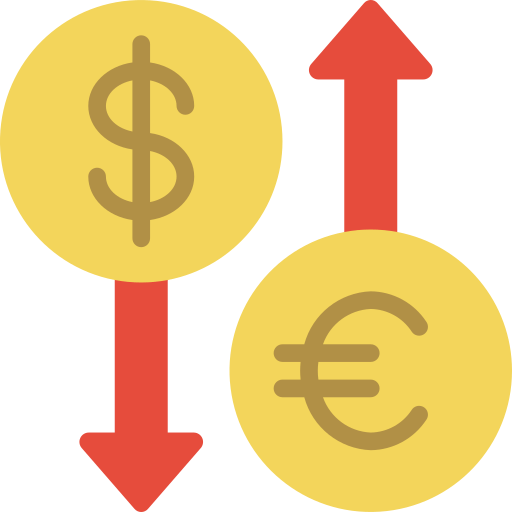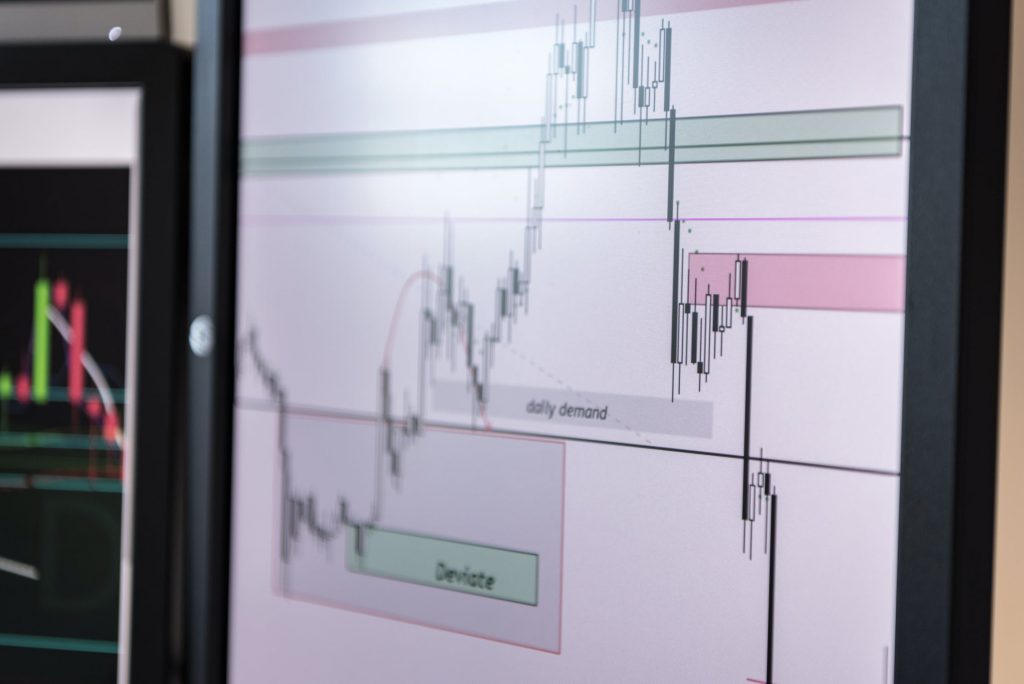Standard deviation in forex trading is a mathematical variable used to measure the dispersion ratio of the trading price ratios from the mean or the averages.
It is a crucial technical oscillator that determines the extent of trade values when running general trading practices. Forex traders need to consider standard deviation in mind at all times because it brings out the length and breadth of the trading practices.
Understanding the various facets of standard deviation is thus paramount for making forex trading decisions.
Forex Trading Factors Associated With Standard Deviation
Currency Pairs
Currency pairs in forex trading refer to the trading behavior in terms of exchange rates of various currencies. Standard Deviation through forex trading effectively measures the currency pairs of different trading routes and patterns.
Additionally, currency pairs form the basic forex trading initiators that are used to gauge the buying and selling values of currencies. A strong currency pair has a consistent standard deviation and can be easily predicted. Currency pairs predictability is a critical point for any forex trader in the market.
Technical Measure
The technical measure is the general calculation of standard deviation. It is a conventional formula that is used to evaluate standard deviation extent based on the currency pairs.
It is calculated by taking the square root of the trade variance and the average of the squared deviation from the trading mean.
Significance of Standard Deviation in Forex Trading
Used to Measure Price Slippage
Forex trading is a complex and volatile trading practice that has no specific pattern and predictability. To achieve a more consensus way to predict the forex trade prices, standard deviation is used.
The differences between the estimated trading price value from the real price is referred to as price slippage. Through maintaining constant technical measure standard deviation provides a refined price slippage measure which is considered the selling point of any forex trader.
Used To Measure Volatility
Forex volatility is the measure of trading pattern variations that are brought about by the underlying trading factors affecting forex trading.
Volatility in trades is propagated by the unbalanced nature of the buying and selling ratio of the currencies. Through a strategic study of the volatility points, a forex trader can make useful trading decisive points that are aimed at generating profits.
Through standard deviation calculation and mastery, a forex trader can measure the volatility effects of the currency pairs.
Compares Trading History
One of the most difficult practices for forex traders is comparing trading history with current trading flows and making inferences on them. Previous forex trading patterns do not necessarily mean similar trading patterns for current pattens.
Forex trade findings have revealed that careful study of the trade patterns by evaluating the trading history goes a long way in achieving forex success for traders.
Through standard deviation, forex traders can effectively record and study trading history patterns of the currency pairs. It is however important to ensure that the trading pattern history is correctly matched with the currency pairs to avoid trade skewness.
Used To Measure Market Tops and Bottoms
Understanding the market’s top and bottom variations is key in making informed forex trade decisions. Standard deviation values ranges are calculated based on the tops and bottom values.
The values are then used to evaluate the mean and average components of the trades which are significant in forex trading. All forex trading oscillations have top and bottom values which are the maximum and minimum parameters respectively.
Determining Effective Stop Loss
A stop loss in forex is an advanced technology that allows traders to provide trading bars which they can use to bring the trades to a halt. A stop loss has many benefits in forex trading but most importantly is reducing the trading loss margin that a trader can go through.
Standard deviation through the bottom and top values is used in determining the stop loss of a trade. In simpler terms, stop loss is directly dependant on the standard deviation of the forex trade.
Conclusion
The standard deviation has contributed immensely to forex trading. Forex traders are now more involved with their trading patterns thanks to the standard deviation forex technique. Additionally, they can make informed, independent decisions courtesy of standard deviation measurement.

